Murray's Big 3 shadow, Venus' short stays—The 5 Most Underrated No. 1s
By May 07, 2020Bud Collins's writing helped show the progressive potential in tennis
By May 11, 2020Kournikova's debut; Seles' emotion: The Five Most Underrated Slam Runs
By May 08, 2020Underrated Traits of the Greats: Naomi Osaka's return of serve
By May 08, 2020Underrated Traits of the Greats: Daniil Medvedev and reading the room
By May 08, 2020Chris Evert, jock supreme: a throwback to her underrated athleticism
By May 07, 2020The forehand slice; moonball; body serve: 5 underrated tennis tactics
May 07, 2020Underrated Traits of the Greats: Novak Djokovic's forehand versatility
By May 07, 2020Underrated Traits of the Greats: Pete Sampras' smooth movement
By May 06, 2020Rewatch: Serena Williams' 2013 US Open showed her underrated Plan B
By May 06, 2020Murray's Big 3 shadow, Venus' short stays—The 5 Most Underrated No. 1s
Plus: Goolagong's surprise discovery years after retiring; Rafter's single week at the top; Clijsters's slamless stint as the world's best.
Published May 07, 2020
Advertising
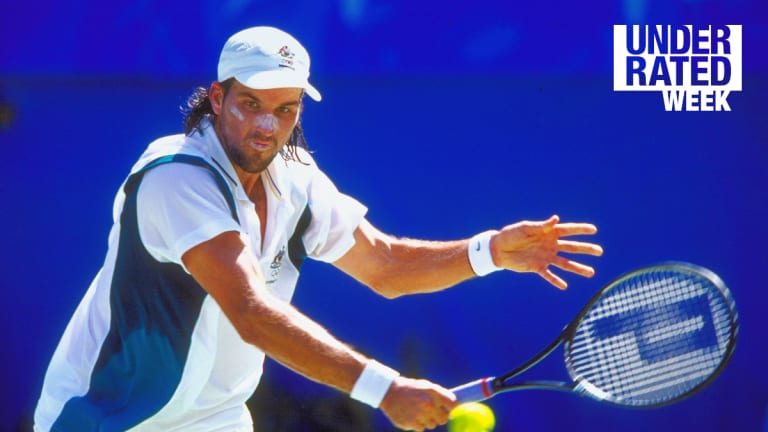
Murray's Big 3 shadow, Venus' short stays—The 5 Most Underrated No. 1s
© Getty Images
Advertising
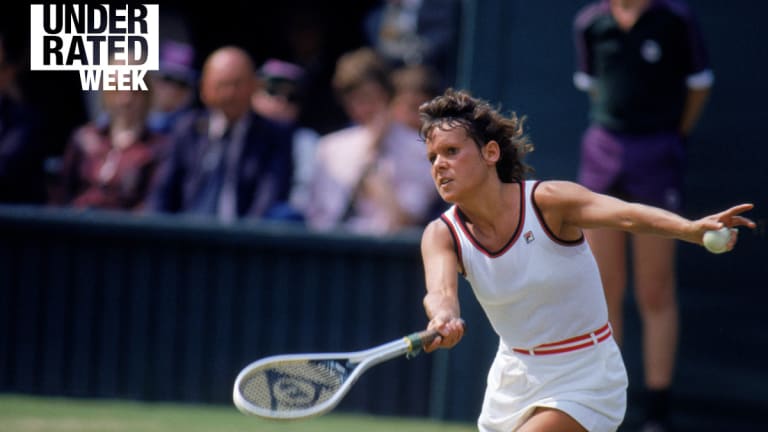
Murray's Big 3 shadow, Venus' short stays—The 5 Most Underrated No. 1s
© Getty Images
Advertising
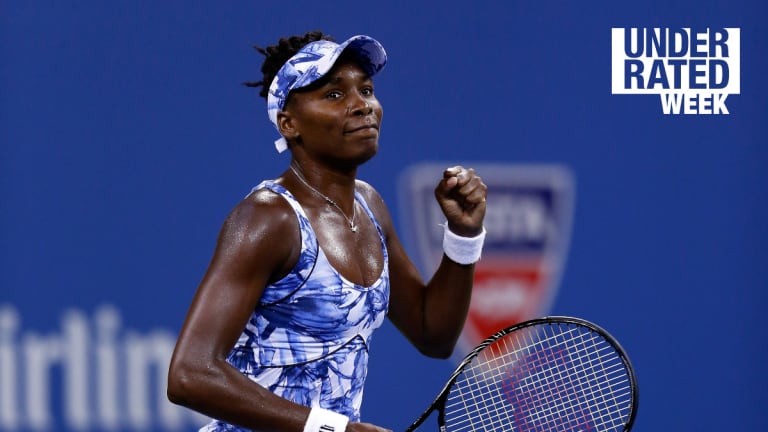
Murray's Big 3 shadow, Venus' short stays—The 5 Most Underrated No. 1s
© 2014 Getty Images
Advertising
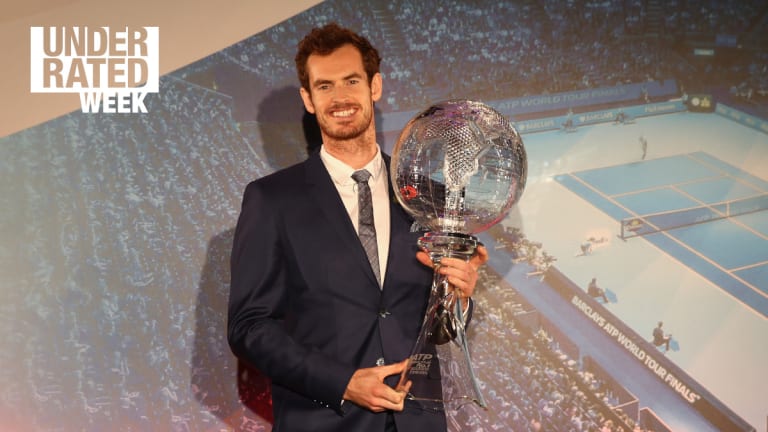
Murray's Big 3 shadow, Venus' short stays—The 5 Most Underrated No. 1s
© 2016 Getty Images
Advertising
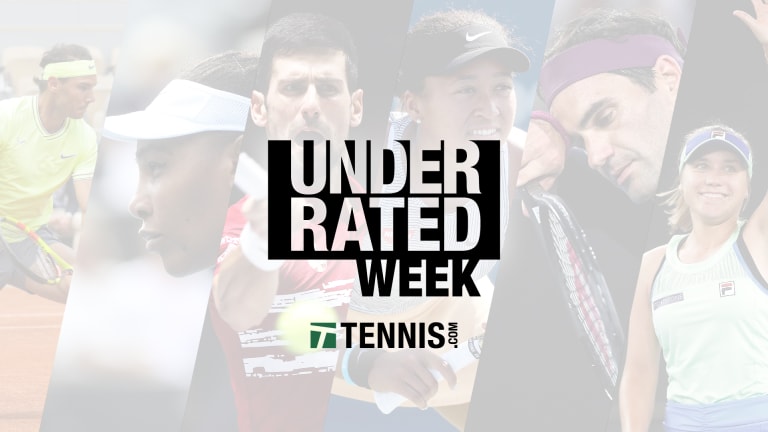
Murray's Big 3 shadow, Venus' short stays—The 5 Most Underrated No. 1s